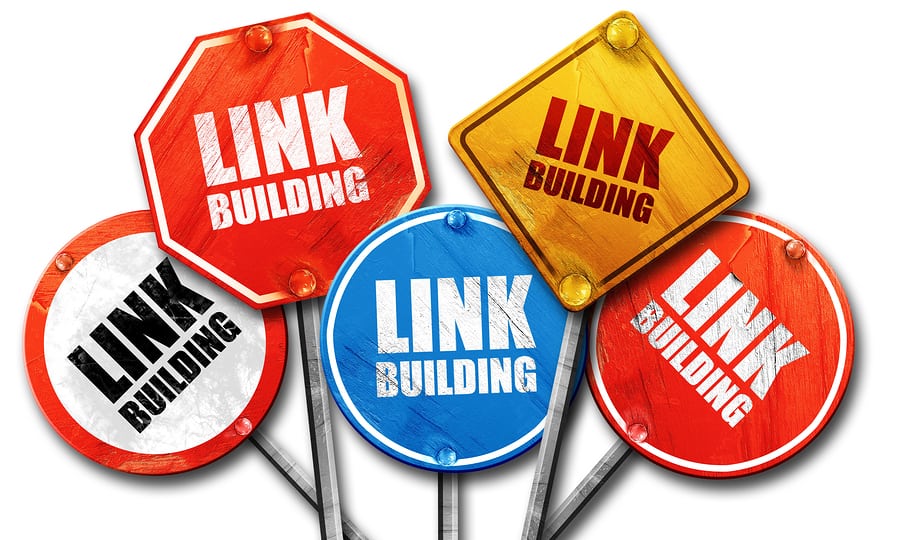A growing number of online entrepreneurs and businesses are realizing that even with a great SaaS, getting your offering the exposure it needs to provide you with those big returns, in a sea of highly similar and competitive options, is a major undertaking.
You can absolutely focus on paid acquisition strategies and social media to provide a short-lived stream of users. But if you want that long-term, self-sustaining, scalable growth, then your SEO game needs to be on point, because it is the marketing foundation upon which all others will succeed. Below are some things you really should be doing if you want to kill it with your SEO and make your SaaS stand out.

Understand Your Buyer’s Journey
Most buyer journeys for SaaS are non-linear, which is to say, they will not always come to your site in search of a solution to their problem. Sometimes they do, but they often have no idea you are offering one, and so they find you through questions asked online. Invariably, those questions are asked via Google, by searching long and short-tail queries relevant to customer problems. “How do I do X faster,” how to make X simpler,” searches in this vein.
Your SEO, therefore, should be layered, with different content focused on different stages of the journey. The beginning stage involves blog content that focuses on the targeted keywords contained in your customers’ “problem-solving” searches. This blog content should start as an informative description that aims to educate, and gradually lead into how your particular SaaS is the solution to their problem.
Content geared towards those in the second stage of the journey is targeted at those who are aware there are SaaS solutions to their problems, but shopping for providers. Your SEO at this stage should be focused on middle-of-the-sales-funnel keywords that are describing what it is your service provides–”the best email outreach,” “the best CRM,” “the best productivity measurement tool.” Instead of the educational tone that you would use at the beginning of the customer’s buying journey, focus on specific features, integrability, and product categories.
Those at the final stage of their buying journey (i.e., the buyer knows what they need, why they need it, and which specific products meet those needs) require an even different content approach. Here is where buyers compare and contrast their shortlist of products to see which one makes the most sense for them. This is where you should be attracting product-aware buyers using keywords that focus on comparisons and alternatives–“versus” lists and “alternatives to” lists.

Link Building: The Other Vital Piece of the Puzzle
SEO is really a dual process. It involves content creation–which we just covered–and link building. Layered content that attempts to reach your target market during different stages of the buying journey is crucial. But that, plus a steady supply of solid backlinks from relevant high DR sites, will take your SEO to the next level.
Link-building, however, unlike content, is more painstaking and requires more expertise. It is a much more systematized process and the investments required to learn, do and scale it (not only money, but in time and opportunity cost) are too much for many businesses to handle in-house. If you are serious about dramatically increasing your visibility, look into a solid link-building service, especially ones that specialize in generating high-quality SaaS links.
Most of the reputable link builders will work with you on a pay-per-link arrangement, which means a budget is established and then each time a link is built, you are charged. The more solid DR sites you have linking back to your SaaS pages (whether your home page or specific content pages), the higher up in Google’s search results your site will appear when people look for keywords related to your service.
Don’t Forget About HARO
People who use HARO (Help a Reporter Out) either love it or hate it. Pitching HARO queries takes time and it can be a while before you see a return on that investment. Sometimes the articles you are hoping to be featured in won’t be published for four, six, maybe even twelve weeks. What makes HARO so valuable, however, is that it’s free. Anyone can sign up for HARO and start responding to blogger and journalist queries.
HARO shouldn’t be the only way you build links for your SaaS, but it should certainly be one of them. The chance to score high DR links from relevant sites for free is too important to pass up, and if you have real expertise in your niche and can write a good ~200-word quotable response that answers a query’s questions or provides unique insight, you can land some really solid links. Try to leverage both your personal expertise and your niche’s relevance (either together or separately) when choosing which queries to go after.

Build A Social Media Presence
YouTube is the web’s second-largest search engine behind Google (its parent company). It has over 2 billion monthly users and it is the next major SEO frontier. When was the last time you searched something in Google and the top results were YouTube videos on the topic? Those results could (and should) be you. If you have an SaaS and you want to convince prospective customers they should buy it, show them how it works on your branded YouTube channel.
You can create ‘sister’ YouTube content to accompany your blog posts (which you can also cross-promote) and apply the same SEO keyword tactics to coming up with the titles and descriptions of your videos. Your YouTube content can include “how to” videos on the various functionalities of your service; troubleshooting videos, and you can even use YouTube as a place for feedback that can be incorporated into future patches and designs. You can count on brutally honest YouTube users to tell you where your service’s shortcomings are and what you might change to improve your UI and UX.
Conclusion
SEO, when done right, is the absolute best way to build an affordable, long-term marketing plan that can be scaled as you go and which, when done right, becomes self-sustaining. Getting your SEO off the ground takes some time and money, but if you pick and choose who you work with and where you allocate your resources, you can build a large pool of potential customers who are in the market for precisely what your service offers. Keep the above tips in mind and you will absolutely kill it with your SEO for your SaaS.
The post How to Kill it With SEO for Your SaaS appeared first on Zac Johnson.
Source: Zac Johnson




